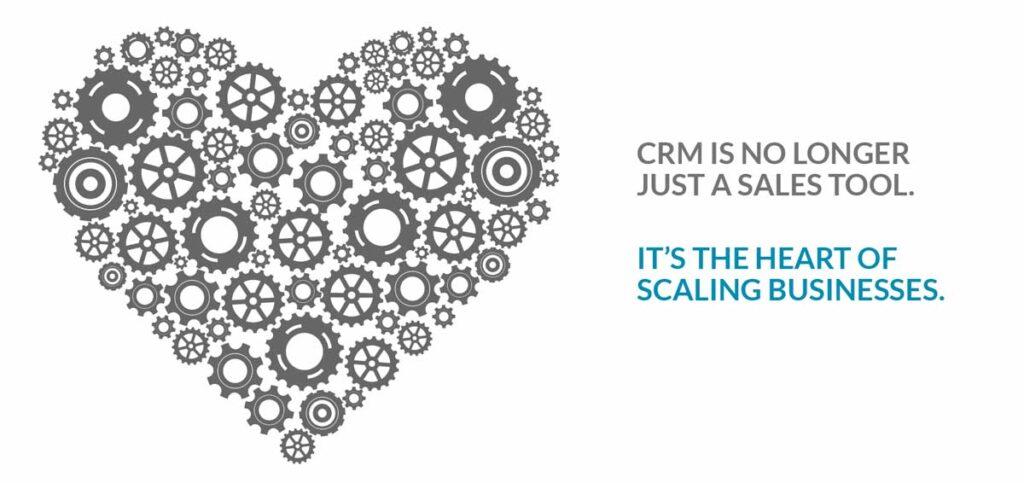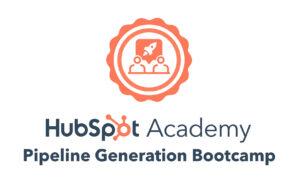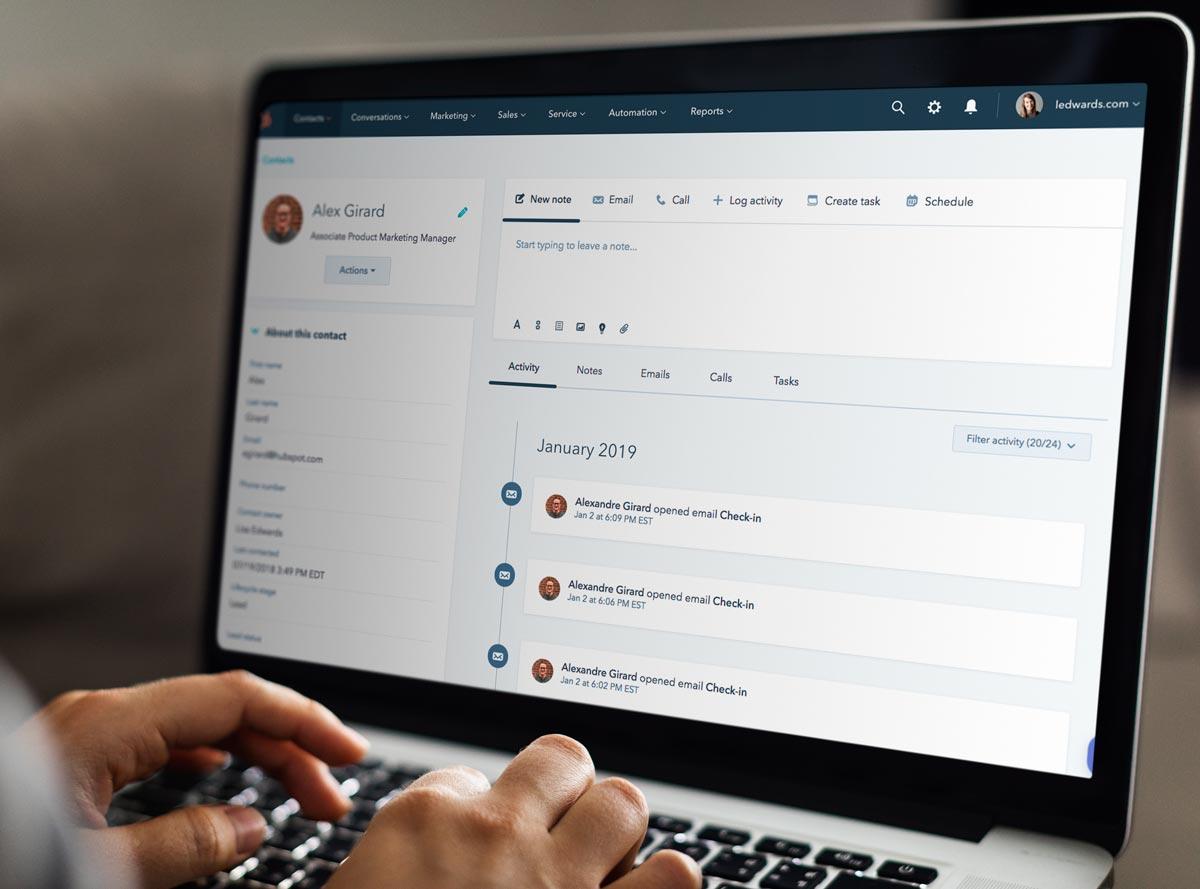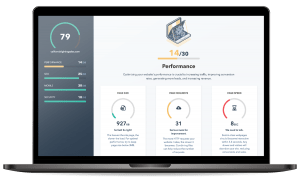Unlocking Sustainable Growth
Companies are constantly on the hunt for strategies that will grant them an upper hand. One fundamental aspect is the potential power of a marketing-focused growth strategy for B2B companies. This approach isn’t merely about promotional activities—it’s about embedding marketing at the very heart of your business’s strategic foundation.
Improve Alignment Between CEOs and Marketing
In a study by McKinsey & Company, it was discovered that the partnership between CEOs and CMOs, especially in how they collaboratively defined marketing’s role and influence in shaping growth strategies, significantly impacted their companies’ performance. The array of strategies, tactics, tools, and resources at the disposal of contemporary marketers has expanded exponentially, unlocking new possibilities for what marketing can accomplish. With this rapid change, it’s more and more challenging for CEOs to keep up. This is where a strong partnership with the marketing department becomes crucial.
Companies that include marketing at the core of their growth strategy outperform their competition and are twice as likely to see revenue growth of 5% or more than those that don’t.
Marketing at the Core of Growth Strategy
When CEOs and companies neglect marketing as a growth driver, their competitive edge diminishes significantly. In this recent article published by the Harvard Business Review, they state that companies that include marketing at the core of their growth strategy outperform their competition and are twice as likely to see revenue growth of 5% or more than those that don’t (67% to 33%). Additionally, they state that high-growth companies invest, on average, three times more in marketing. To harness the full potential of marketing for sustainable growth, it’s essential to strategize its integration as a core element of your business plan.
Improve Customer Experience (CX)
Marketing isn’t just a message; it’s a critical framework guiding product development, customer service, and sales alignment. With a marketing-first perspective, B2B companies prioritize customer experience in product/service development, creating offerings that resonate in the market. This approach helps companies anticipate market trends, analyze customer data, and outperform competitors.
Marketing Leads, Culture Follows
Marketing shapes company culture and boosts performance. An integrated strategy drives internal collaboration, innovation, and customer focus. Placing marketing at the heart of the organization fosters a shared mindset across all levels. This alignment ensures a motivated, customer-centric team. Embedding marketing in corporate culture leads to both external growth and internal strength through a driven and collaborative workforce.
Marketing Data as a Beacon for Sales Strategies
Integrating marketing data into sales strategies boosts efficiency and closing rates. Marketing data offers insights into customer preferences, behaviors, and engagement, enabling tailored approaches that enhance conversion rates and shorten sales cycles. Prioritizing leads based on engagement scores optimizes resource allocation. Aligning sales messaging with marketing campaigns ensures a consistent brand experience, fostering trust and loyalty.
The Symbiotic Relationship of CRM and Marketing-First Approach for Growth
An effective CRM system, paired with a marketing focus, forms a solid foundation for company growth. This integration boosts understanding of customer needs, behaviors, and preferences, enabling personalized experiences that enhance satisfaction and loyalty. The CRM acts as a central hub for customer data, supporting targeted marketing campaigns. A marketing-centric approach ensures that customer insights from the CRM are utilized across all business functions, aligning products and services with customer expectations for market success. CRM analytics monitor marketing effectiveness, drive improvements, and inform data-driven revenue decisions. Prioritizing customers in growth strategies strengthens relationships, fosters loyalty, and fuels sustainable growth. This is how businesses can leverage a CRM to find gold in their customer data.
Harnessing Strategic Marketing for Sustainable Business Growth
By centering their growth strategies around a comprehensive marketing philosophy, B2B companies can crystallize their brand messaging, refine their product and service offerings, and ultimately secure a competitive advantage in their respective industries.
Bynder Group works closely with CEOs and CMOs to develop and execute marketing-focused growth strategies that accelerate business growth. We also fill the gap as a fractional CMO when one is not in place. We champion the integration of strategic marketing techniques as a keystone for business growth. Our expertise in crafting tailored strategies ensures that your B2B brand doesn’t just participate in the market—it leads it.


















